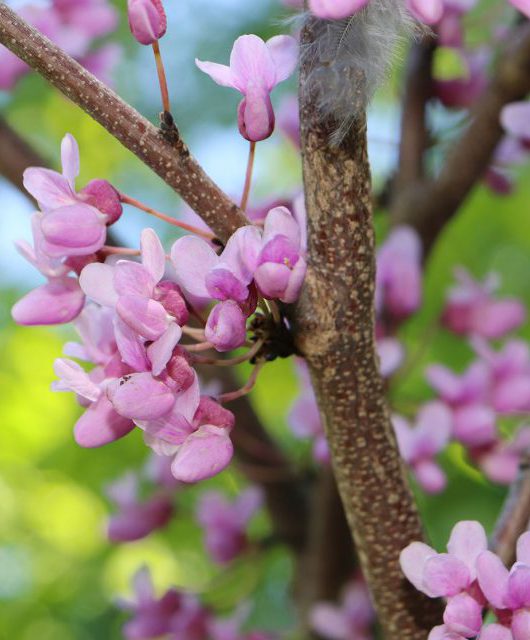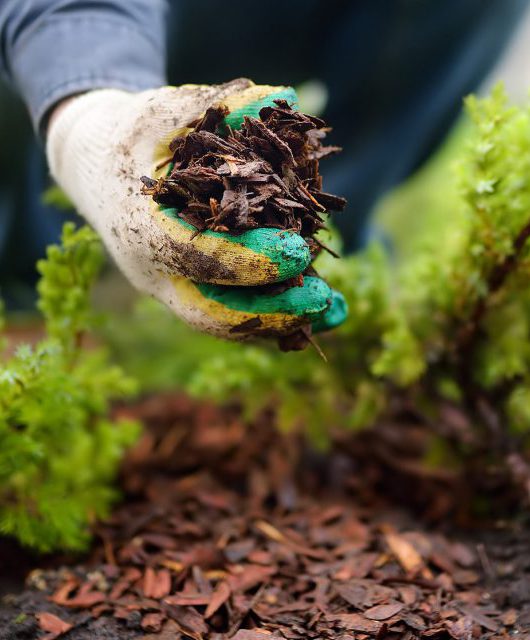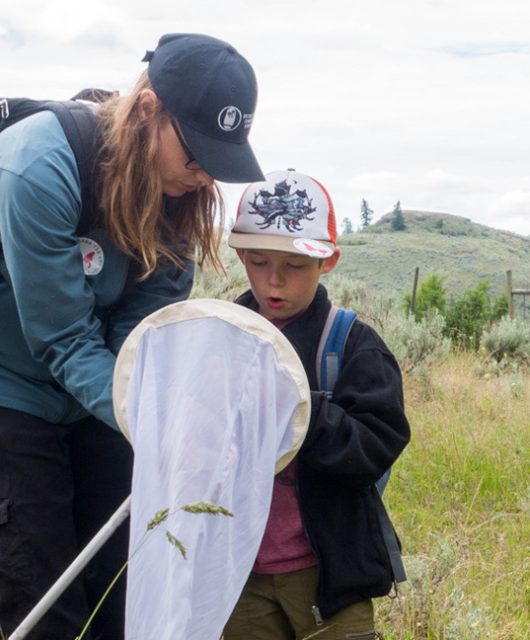Many people are thinking about modifying their lawns, to either help pollinators, save grass cutting time or reduce/eliminate the fuel and emissions associated with lawn mowers.
But we’ve all got different preferences, lifestyles, resources and by-laws to keep in mind. That can mean a little lawn is needed, for children to run and play on for instance, or perhaps you don’t have the energy or budget to replace an entire lawn. To help you find an option that suits you best, here are some ideas:
Expand existing beds
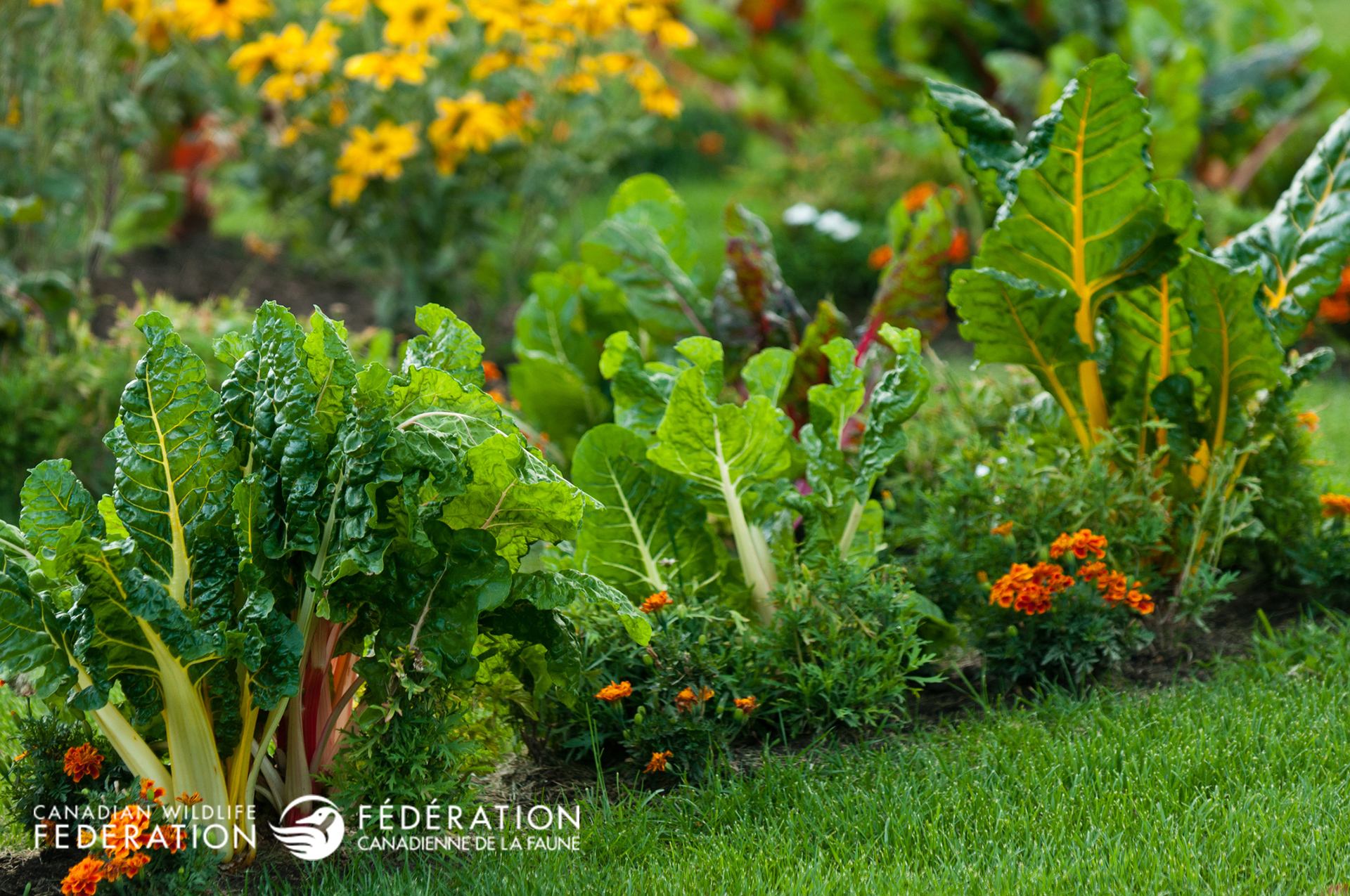
If you aren’t ready to completely replace your lawn, you can still make a difference by removing some lawn along the edge of existing garden beds. As you expand your beds, you can add more plants that will benefit you and your neighbouring birds and bees. Remember to choose plants that are still beneficial to wildlife.
Create New Beds
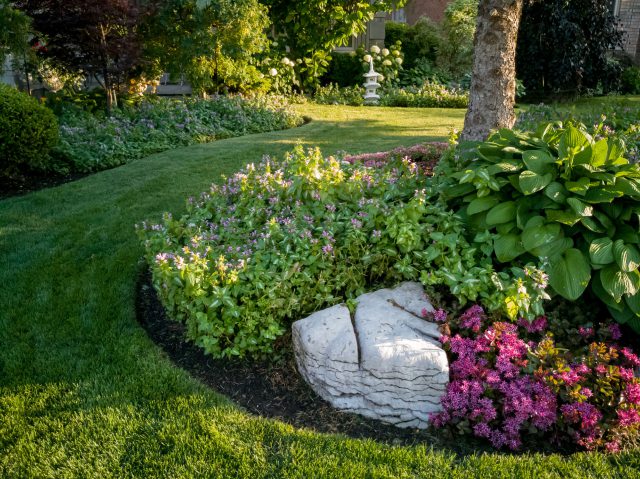
You can also remove chunks of lawn by adding brand new beds – for herbs, veggies, shrubs and/or perennials. Not only is the interest in growing food at home on the rise, but many gardens are visually stunning by having lots of shapes and textures from a variety of plants and plant types, with a meandering path throughout of grass, stone or natural mulch.
No-mow Lawns

For those that want or need some lawn for whatever reason, there are some grass mixes that can give a lush lawn without watering or mowing. A couple of Canadian examples include:
Of course, one needs to keep in mind that ticks like long grass and so if they are especially bad in your area, you may wish to explore a different option.
Adding or Replacing Lawn With Ground Cover
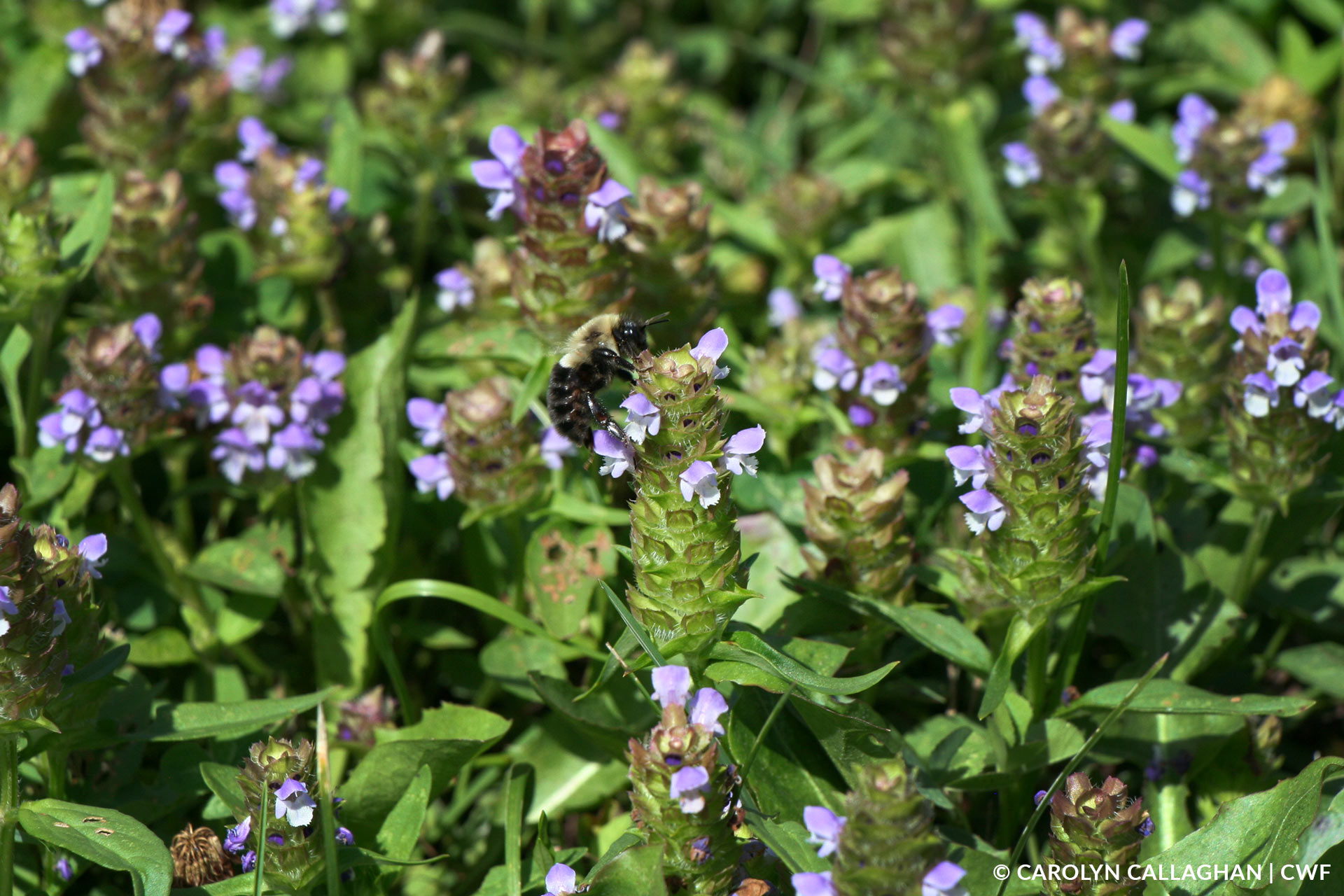
You can add in (or let grow, if they are there already) pollinator-friendly plants like the Dutch White Clover, Heal All (Prunella vulgaris) and creeping thyme. All are beneficial for pollinators like bees, butterflies and hover flies. Depending upon your needs and how thickly these plants grow in your lawn, you may still need to mow once in a while, after they have finished blooming.
If you or your family regularly walk through your lawn then you will need to be mindful when walking while the ground covers are blooming, which may only be a matter of days or a couple of weeks. Yours truly does it quite safely, both for my feet and for the tiny visitors feeding on the flowers, but the more thickly it is growing and therefore the more flowers blooming and pollinators visiting, the more care you may need when walking about!
Keep in mind that plants that spread easily can become a problem for neighours that don’t want it. Or, the plant might in fact be considered invasive, where there is a concern of the plant spreading to natural areas where it will outcompete the native plants there. So, as you explore ground covers, do your research to see if the plant is listed as a concern with your provincial invasive plant council. If not, still be mindful about neighbours and possibly burying a barrier between your properties to help prevent the plant from spreading.
Replace Your Lawn Entirely
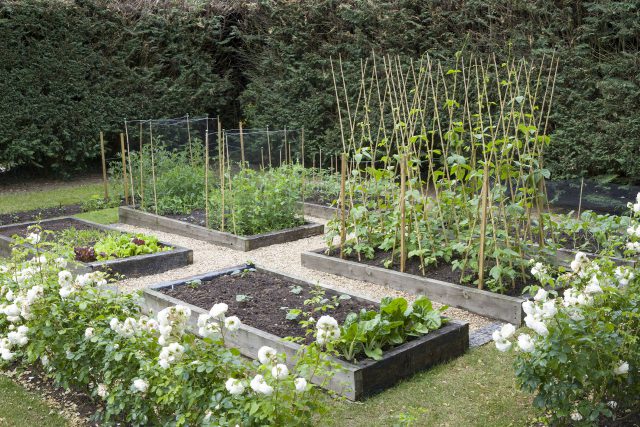
Some people are turning their entire lawn into one huge bed with veggies and herbs while others are going totally native. But of course, one can incorporate them all, in whatever pleasing design and purpose suits you. Keep in mind that it is best to have lower growing plants near the road to provide visibility if needed. A CWF certified property in an urban area has plants by the sidewalk that are not only low growing for cars but also ones that do not attract bees. This is to help people who have a fear of bees feel safe walking by, while they can observe them several feet in, on the plants that support them within the garden. The owner, Berit Erickson, has signage close to the sidewalk so those that walk by can both understand the purpose of her gardening style as well as learn a few things in case they get inspired to apply some wildlife-friendly gardening on their own property. You can find out more on her website The Corner Pollinator Garden and Wildlife Habitat.
Make a Meadow
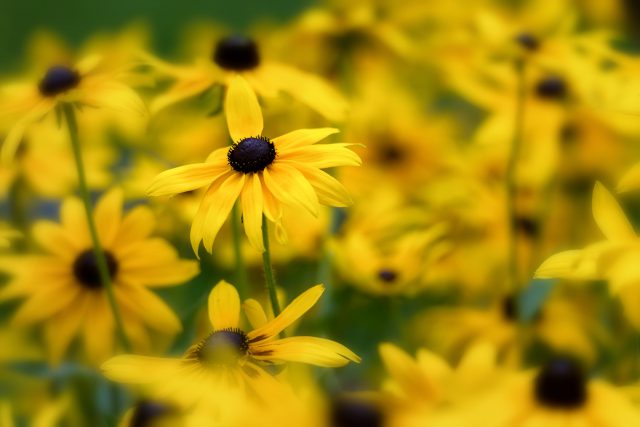
Some people live in areas where they can leave their lawns and allow nature to return wildflowers to the space. You can also give nature a hand and create a meadow. Either way, you will need to keep in mind by-laws that apply to you. If you are keen, you can have plants in groups so that there is the visual attraction as with a garden bed except that these plants are likely closer together and grow and spread as they please, rather than keeping tidy spaces and order as with a garden bed. Some plants for this can include New England Aster, Brown-eyed Susans (our native, Rudbeckia hirta).
If you have by-laws that prohibit this, or you don’t want a full-on meadow, you can create a mini meadow with a garden bed that applies the meadow style of a few groups of plants close together. You can keep it pleasant to most people’s eye (and signal to your neighbours that this is on purpose) by surrounding it with a rustic fence to give it an artsy look, or give it a nice shape with a thick border of natural mulch around it. As many of our native solitary bees nest in the ground, you may wish to have a spot within the bed or elsewhere that is free of mulch to allow our tiny allies a place to make a nest. Keep in mind that our solitary bees tend to mate, lay eggs, provision the eggs with food for when it emerges, seal off the nest and then die. By not having a hive and community of bees to protect, these bees are not likely to sting unless directly threatened (and even then most don’t have stingers).
Mowing Alternatives
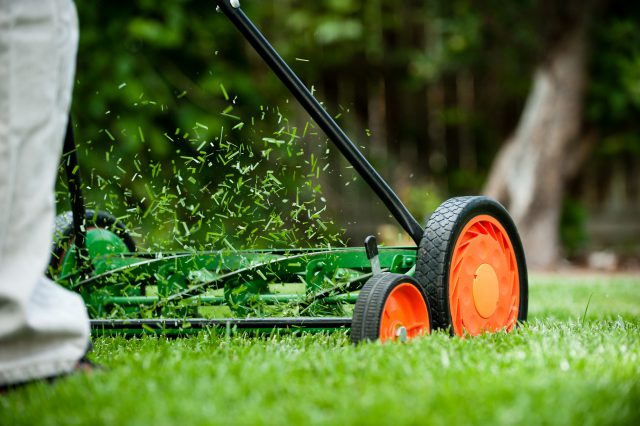
If your main focus is to save gas and electricity, as well as minimizing emissions, and if your lawn is small, consider a reel mower. These mowers are powered by the person pushing them and while they have had the reputation of being hard to use, that is not necessarily the case anymore, with some being very easy to use. It can be very satisfying mowing your lawn quietly and not needing anything other than a push to power it — and with no emissions, unlike gas mowers. Even with electric mowers, power is still manufactured that can have impacts on the environment and there are differing opinions as to which is best. But of course, this won’t work if you have a hectare of lawn — another great reason to consider some of the above options for reducing grass and returning viable habitat back to your property. You’ll have more birds and butterflies gracing your space and all the delights – and important services – that ensue!

